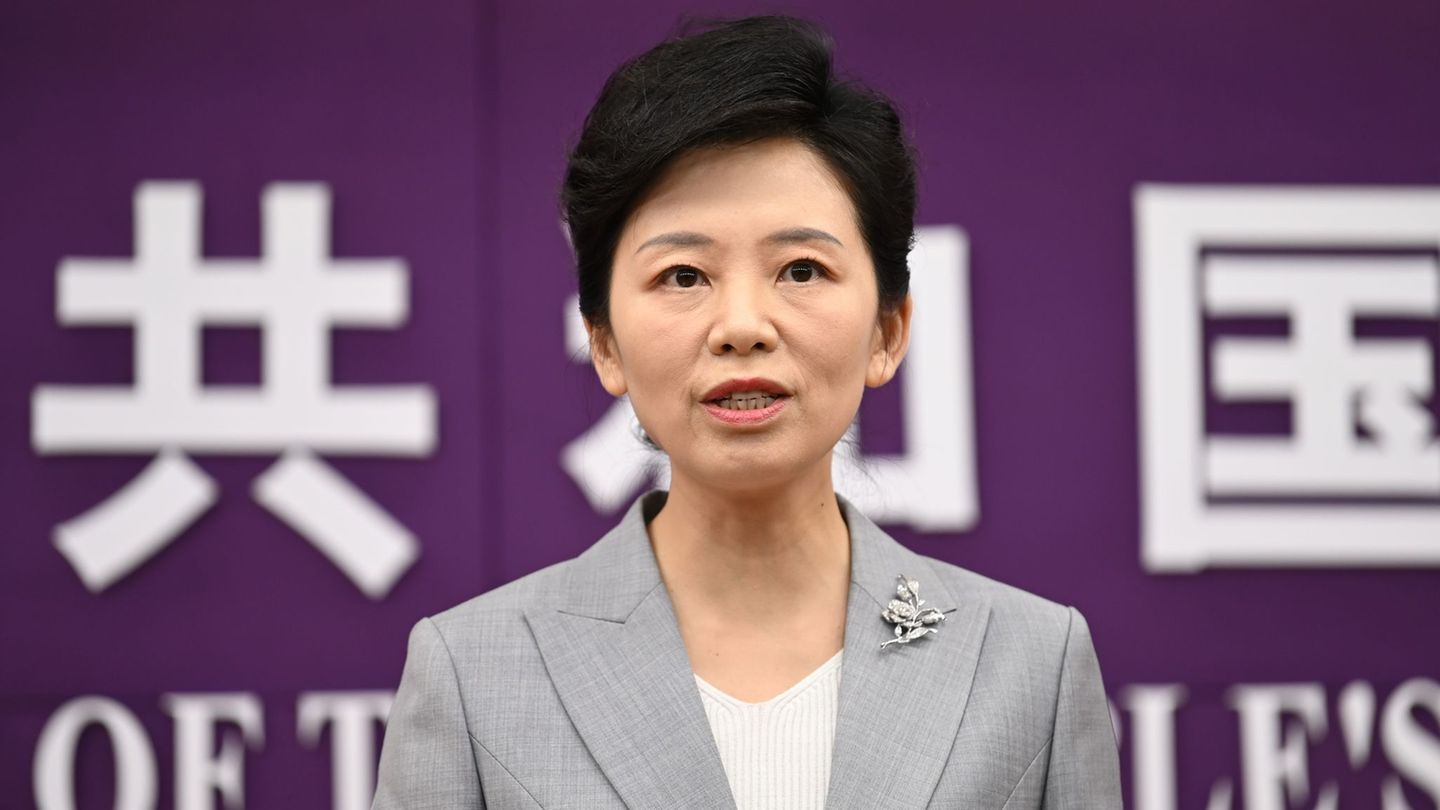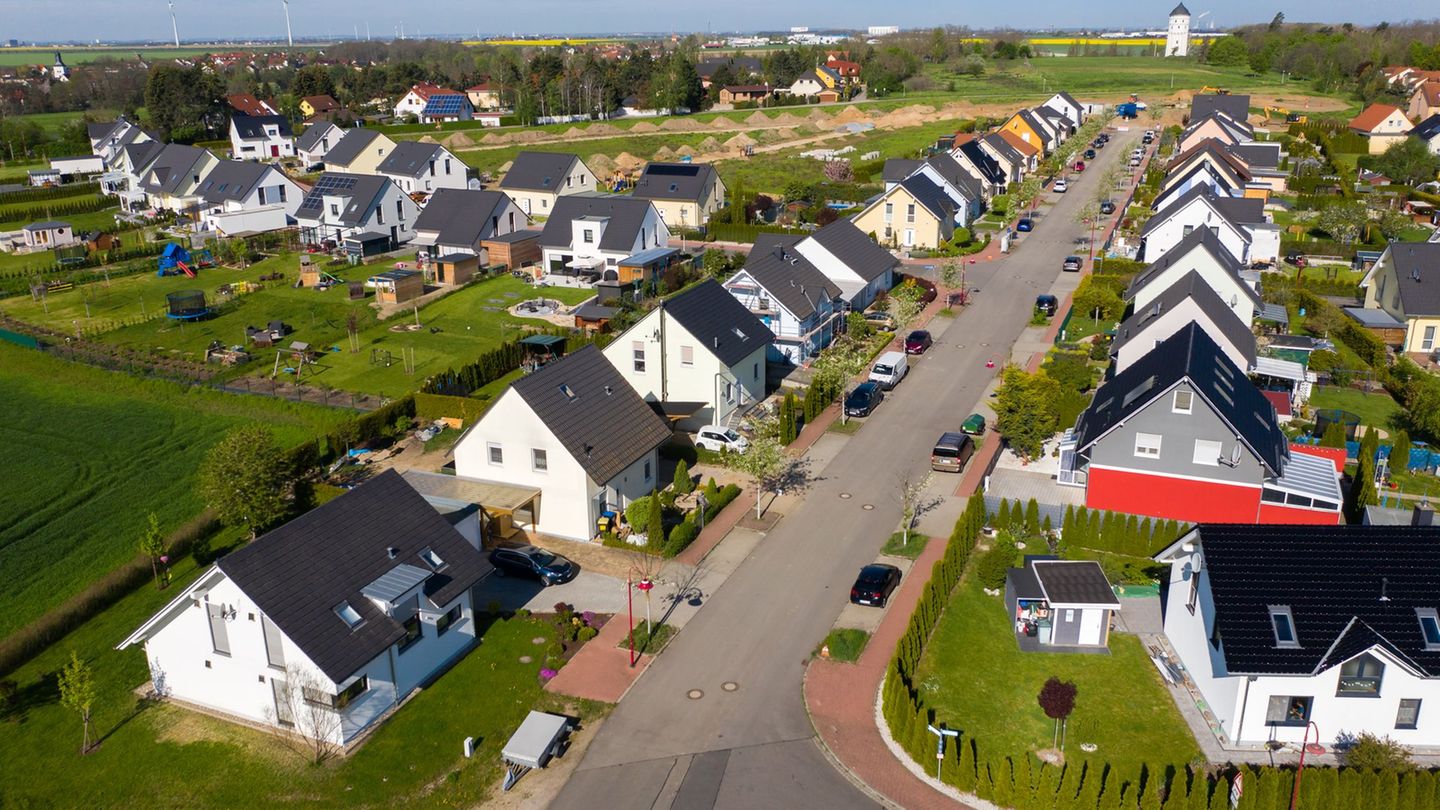The outlook for agricultural production in the last quarter of the year is discouraging from a climatic point of view: There will be no rains that favor the development of crops. This is indicated by the report recently published by the National Meteorological Service for the last months of 2024.
According to the meteorological agency, there is an 81% probability of developing The Girl, which will continue throughout the spring and summer, meaning that the rain prospects would be deficient in almost the entire country.
The worst forecasts would be located in the provinces that are part of the so-called “core zone”, where the best soils are and the highest crop yields are generally achieved. Not only will there be deficient rains but also temperatures will remain above normal, which will lead to plants having greater water needs in a clearly deficient context.
State and condition of crops
The latest Weekly Agricultural Panorama of the Buenos Aires Grain Exchange (BCBA) indicated that the planting of corn for commercial grain barely reached 13.7%. The work was accentuated in Entre Ríos, east of Santa Fe and in the center of Buenos Aires, areas where there is still surface humidity but they were stopped in almost the entire central area and significant rains are needed before October 15 so that many producers do not overdo it. to soybeans.
The producers who were consulted about the current panorama detailed that “if at least 30 mm does not reach, there is no way to continue.” Others who are more risky could – taking into account that for now there is a low presence of leafhoppers – continue betting on corn, as long as the rains arrive on time.
Regarding wheat, at the national level, the data provided by the Buenos Aires Grain Exchange indicate that 45.3% of the planted area has an optimal water condition and 66% reports a normal to excellent crop condition. However, the most complex picture exists in the NOA, where the harvest of the first lots began with below-average yields and many are thinking about crushing the grain for forage instead of harvesting it.
The wheat situation is complicated day by day in the core region. Furthermore, it is noted that, with this drought, with marked thermal stress and at this stage of the crop, wheat is very exposed to frost or heat stroke.
All of these situations make the campaign progress in slow motion, because the delay experienced in the implementation of crops is reflected in the evolution of businesses when it comes to acquiring inputs. In this sense, Juan Pedro Gazzotti, business and marketing director of Nera, assured Scope that “the demand is more moderate than in other years.
It is a much more analytical campaign, with the producer closely following the behavior of the climate and the evolution of commodity prices to make decisions about what crop and what investment to carry out. When financing this investment, we must be attentive to specific windows of opportunity such as dollar loans that today have rates below 6%, a value below the international averages and with a positive real rate lower than the projected inflation. ”.
To define agronomic strategies
Without a doubt, the financial stage is decisive in a year like the one we have to go through and even more so for thousands of producers who lost working capital in recent years due to the droughts suffered. But the truth is that the forecasts indicate that this trend of lack of rain will continue, therefore we will have to plan and be strategists. We already know that there is a lot of surface area that will leave corn and go to sunflower, soybeans or sorghum. In fact, the Buenos Aires Grain Exchange estimated that the oilseed area could reach 19 million hectares and it is likely that many will seek to sow with the highest possible humidity, to the limit in the sowing windows.
A key aspect of cultivation is fertilization and the decision of how much and how it is being done these days. Gustavo Elias, sustainability and agronomy manager at Yara Argentina assured Scope that in the face of these difficulties that the year proposes to us “there are certain recommendations that we can take into account when thinking about fertilization, for example of soybean cultivation, in which we have to think about balanced fertilization with a starter, both thinking in the contribution of phosphorus or sulfur that allows the crop to have optimal implantation and complement that starter base fertilization with different technologies that are available to enhance the vigor of the seeds, which in this campaign is a point to take into account.”
Another point to keep in mind in this type of context is the protection of the crop. Juan Caporicci, technical service manager at FMC Argentina, assured Ámbito that “the soybean campaign is going to have a hard time defending itself, because a crop with less water is less competitive against weeds, which are much more efficient when it comes to competing with less.” water. Furthermore, any pest attack will first reduce leaf area or plant structure and in these dry years we cannot lose a leaf, a pod, or a grain, we have to defend them until we can define yields.”
According to Caporicci, “these dry years, which in themselves are predisposing us to a lower yield potential for crops in general, are the years in which we have to think more and be extremely strategic in investments for the management of weeds, pests, and diseases to try to defend the crop and try to reach its maximum potential.”
The thick campaign is not what companies or producers expected and these types of challenges are what agriculture as a whole will have to face until the 2024/25 cycle concludes. In the countryside everyone is aware that this year will not be one of recovery, but rather one of survival, because according to climate models the lack of water will be noticeable. The question – given this description of reality – is whether the Government is aware of this situation and in that case what decisions it is going to make, because the collection will not be as expected. For the dollars to arrive there has to be grain, and for there to be grain it has to rain.
Source: Ambito
I am an author and journalist who has worked in the entertainment industry for over a decade. I currently work as a news editor at a major news website, and my focus is on covering the latest trends in entertainment. I also write occasional pieces for other outlets, and have authored two books about the entertainment industry.




